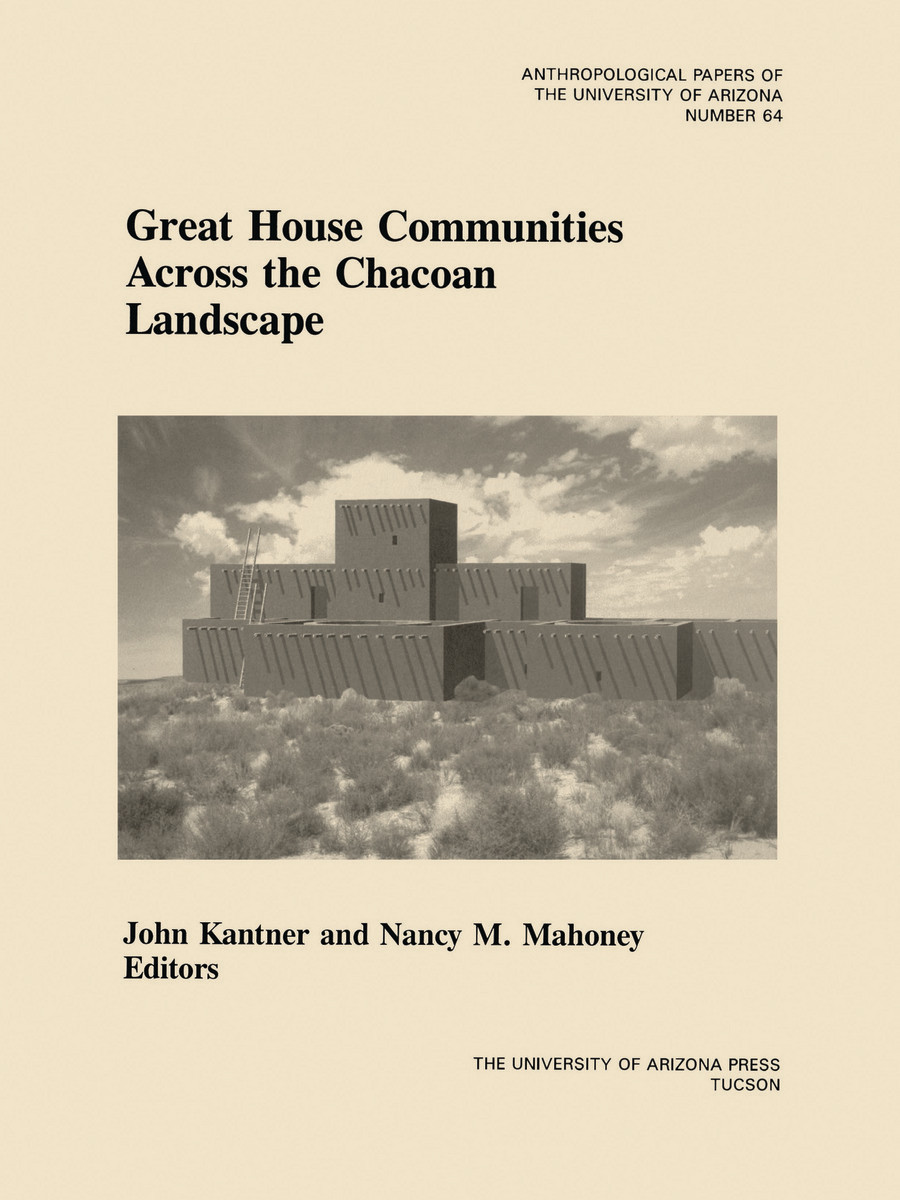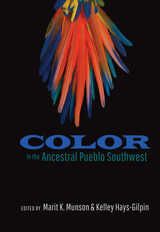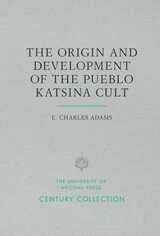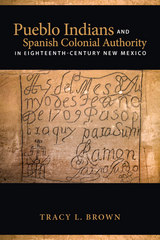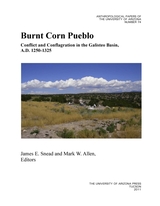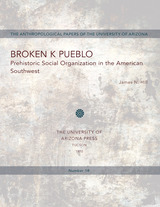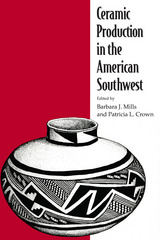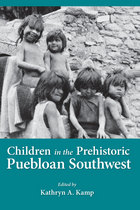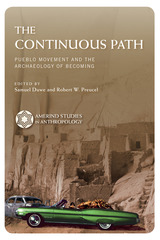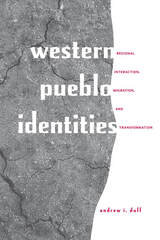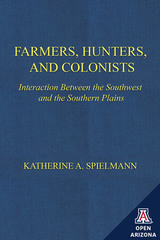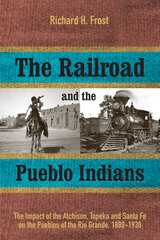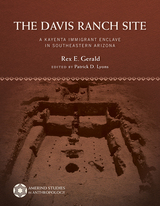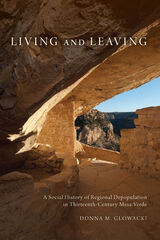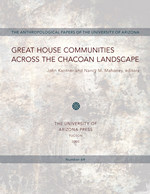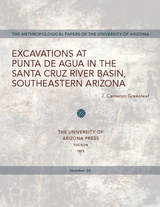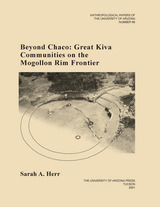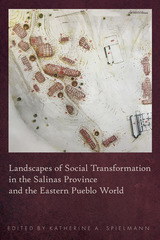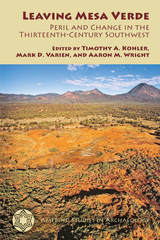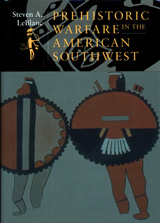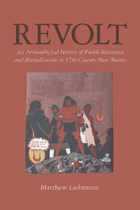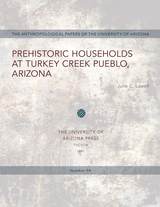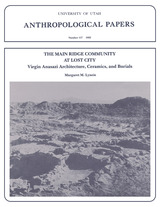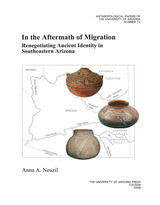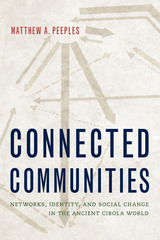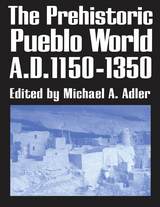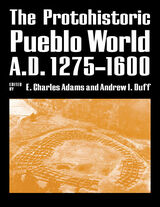Great House Communities across the Chacoan Landscape
University of Arizona Press, 2000
eISBN: 978-0-8165-4466-0 | Paper: 978-0-8165-2072-5
Library of Congress Classification E99.P9G69 2000
Dewey Decimal Classification 978.982
eISBN: 978-0-8165-4466-0 | Paper: 978-0-8165-2072-5
Library of Congress Classification E99.P9G69 2000
Dewey Decimal Classification 978.982
ABOUT THIS BOOK | AUTHOR BIOGRAPHY | REVIEWS | TOC
ABOUT THIS BOOK
Beginning in the tenth century, Chaco Canyon emerged as an important center whose influence shaped subsequent cultural developments throughout the Four Corners area of the American Southwest. Archaeologists investigating the prehistory of Chaco Canyon have long been impressed by its massive architecture, evidence of widespread trading activities, and ancient roadways that extended across the region. Research on Chaco Canyon today is focused on what the remains indicate about the social, political, and ideological organization of the Chacoan people. Communities with great houses located some distance away are of particular interest, because determining how and why peripheral areas became associated with the central canyon provides insight into the evolution of the Chacoan tradition. This volume brings together twelve chapters by archaeologists who suggest that the relationship between Chaco Canyon and outlying communities was not only complex but highly variable. Their new research reveals that the most distant groups may have simply appropriated Chacoan symbolism for influencing local social and political relationships, whereas many of the nearest communities appear to have interacted closely with the central canyon--perhaps even living there on a seasonal basis. The multifaceted approach taken by these authors provides different and refreshing perspectives on Chaco. Their contributions offer new insight into what a Chacoan community is and shed light on the nature of interactions among prehistoric communities.
See other books on: Antiquities | Archaeology | Chaco architecture | Chaco Canyon (N.M.) | Chaco culture
See other titles from University of Arizona Press
